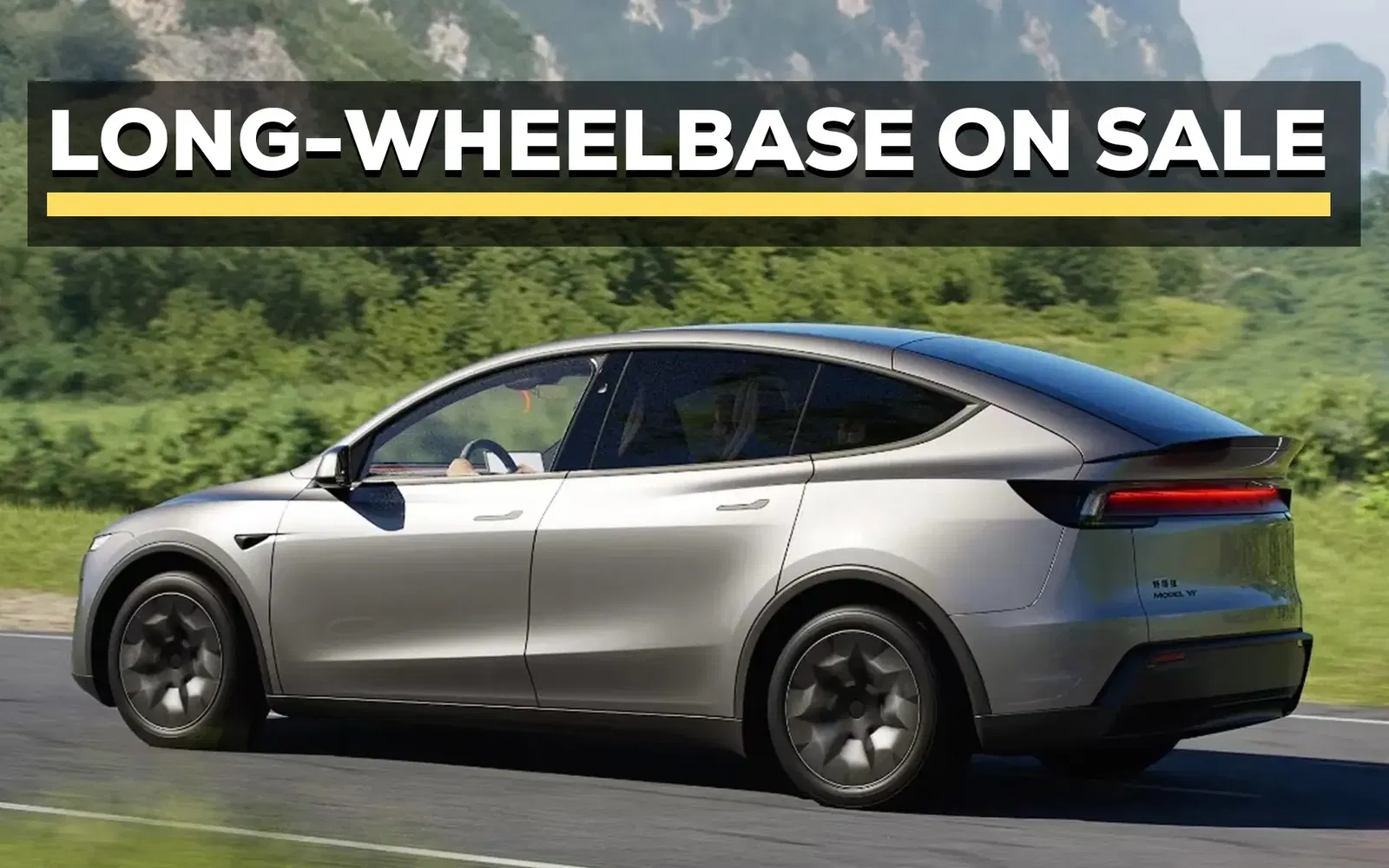
Chief Executive of the Federal Chamber of Automotive Industries (FCAI), Tony Weber, has said that a lack of demand for electric and hybrid vehicles in Australia may affect the success of more stringent emissions regulations in Australia.
The New Vehicle Efficiency Standard (NVES) is Australia’s new passenger car and light-vehicle emissions regulation that came into effect on July 1st.
In short, the system works by setting an annual CO2 per kilometre target for a manufacturer’s model range and issues credits for car makers that meet the emissions targets and debits – and subsequently monetary fines – for manufacturers that don’t.
These credits can also be traded between manufacturers. In other words, if a manufacturer meets their target, they can sell their credits to another manufacturer that didn’t.

While manufacturers can continue to sell vehicles that do not meet the emissions targets, these must be offset with vehicles that do.
The annual CO2 target will also decrease year-on-year to lower overall emissions over time.
However, Weber believes that demand may affect the impact of NVES.
“There are now more than 100 electric vehicle (EV) models and more than 50 plug-in hybrids available to Australian consumers,” said Weber. “But supply is only part of the equation. Demand remains constrained by a lack of affordability, infrastructure and consumer confidence, factors that the Government must address if the NVES is to succeed.”
Hybrids (HEVs), Plug-In Hybrids (PHEVs), and Battery Electric Vehicles (BEVs) have accounted for approximately 27 per cent of new vehicle sales in Australia so far in 2025, meaning that internal combustion power still holds a majority market share of new car sales.

Weber named the lack of public charging infrastructure and total EV ownership costs as contributing factors in the slow adoption of electrified vehicles in Australia, and called on the Australian government to assist with the transition.
“What is needed now is a serious, coordinated effort to make the transition viable for all Australians, not just early adopters. To date, the Government has not put in that effort.”
The Australian Government expects that the new regulations will see emissions from new passenger vehicles reduced by over 60 per cent, and light commercial vehicles by around 50 per cent, by 2030.
FAQ
What does NVES stand for?
NVES stands for the New Vehicle Efficiency Standard.
What is NVES?
NVES is the new set of emissions regulations that has been introduced in Australia for passenger cars and light vehicles.
How does NVES work?
In short, the system works by setting an annual CO2 per kilometre target for a manufacturer’s model range and issues credits for car makers that meet the emissions targets and debits – and subsequently monetary fines – for manufacturers that don’t.
What has the FCAI boss said about the new NVES regulations?
Chief Executive of the Federal Chamber of Automotive Industries (FCAI), Tony Weber, has said that a lack of demand for electric and hybrid vehicles in Australia may affect the success of more stringent emissions regulations in Australia.
Sign up to our newsletter
Be the first to know when we drop new car reviews.
.avif)




